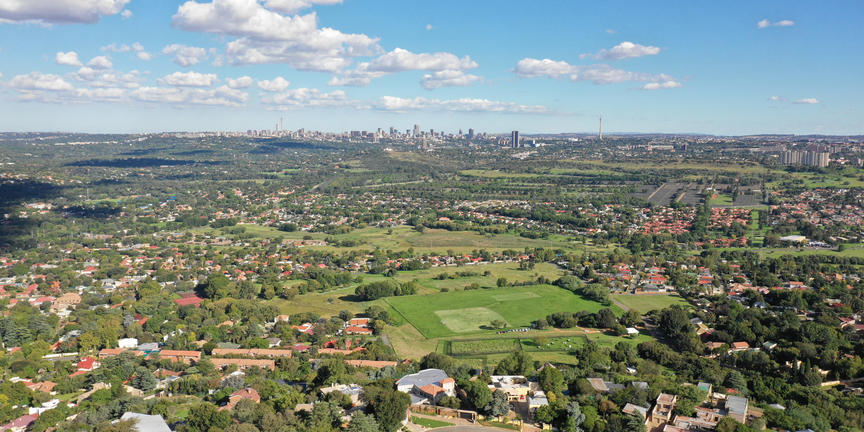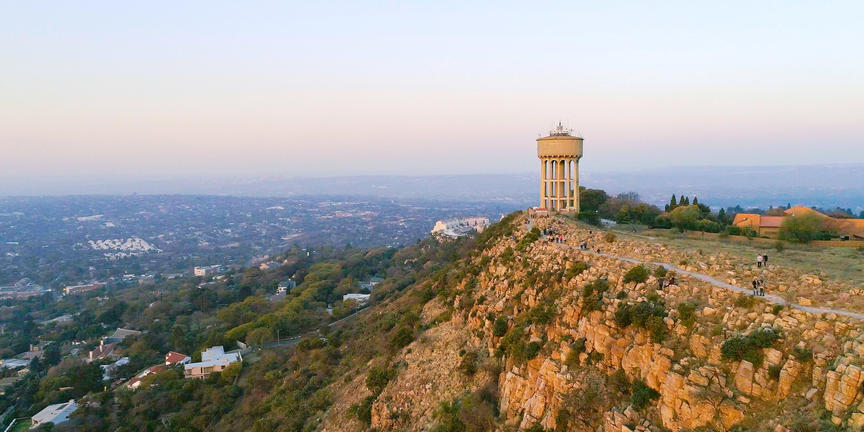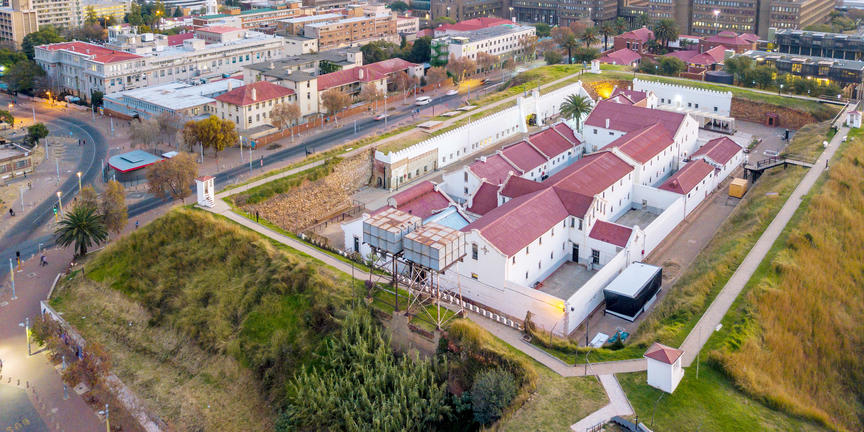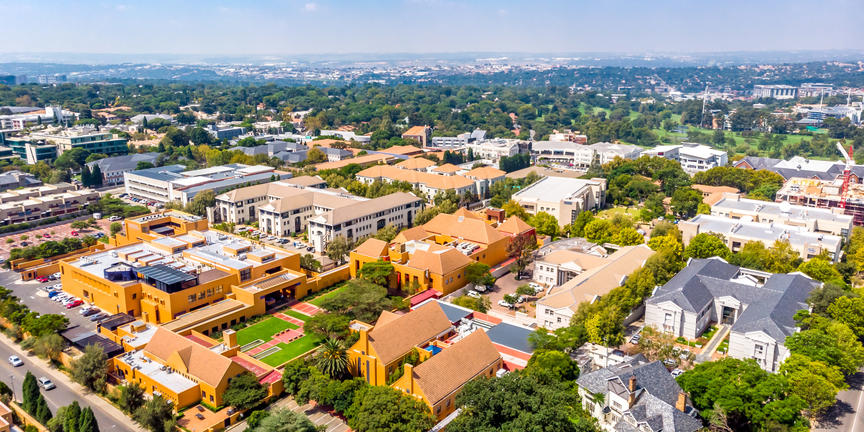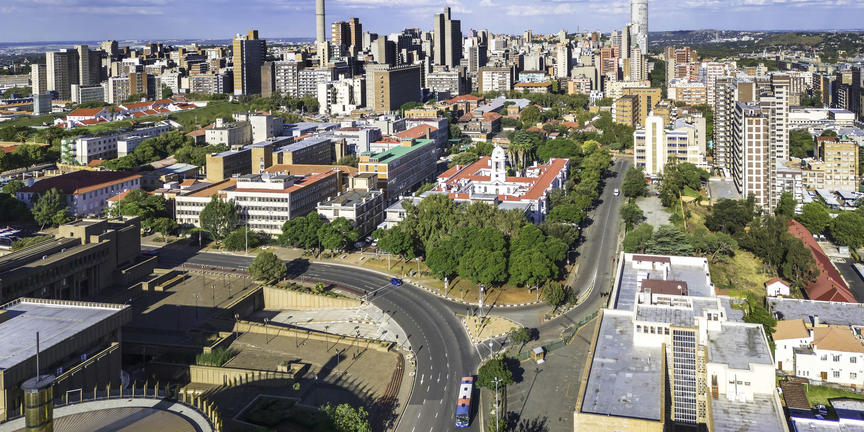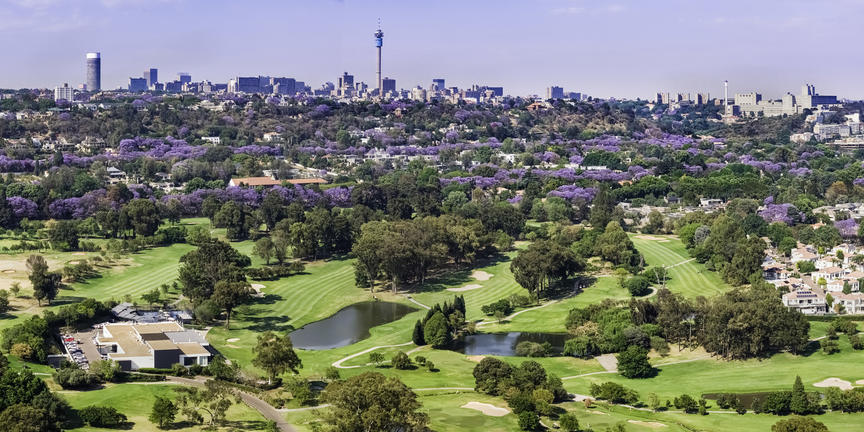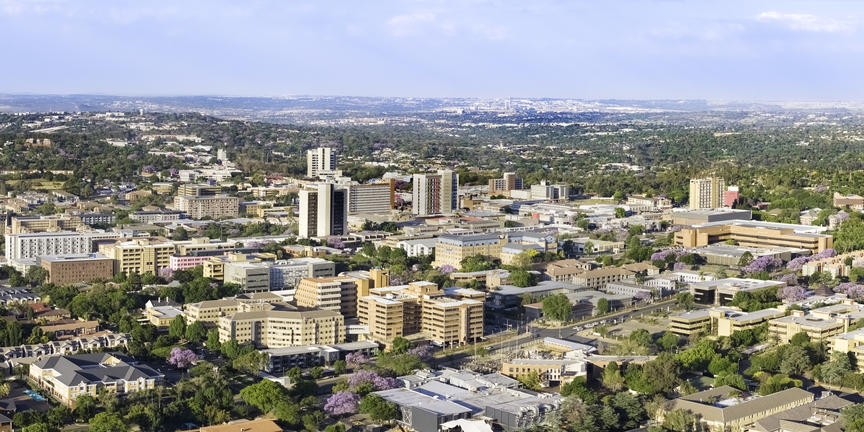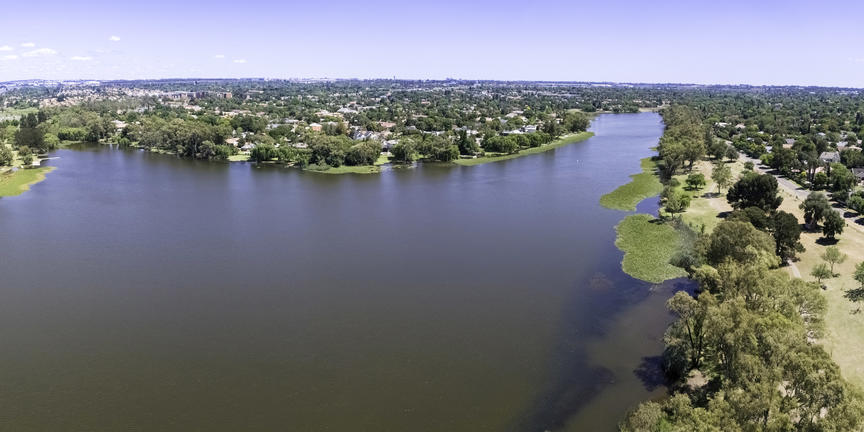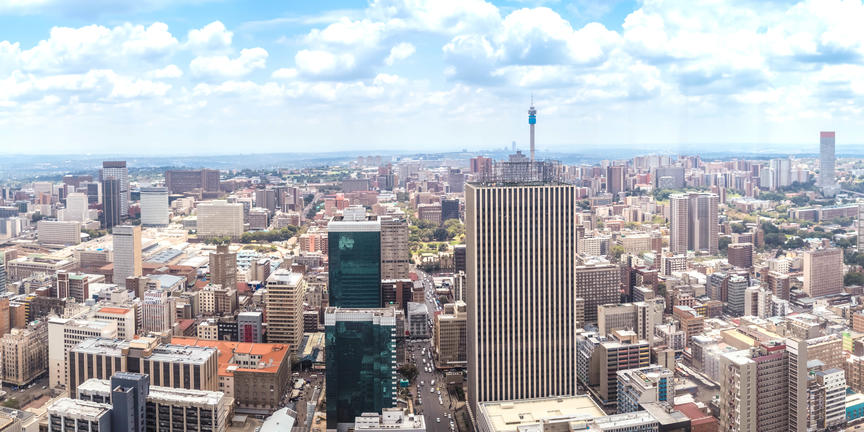Whilst the region around the city of Johannesburg is incredibly ancient and includes the discovery of a 3 million-year-old Australopithecus africanus in a cave near Sterkfontein, just outside Jozi, the city’s exciting history began only in 1886 with the discovery of gold and the Witwatersrand reef. It didn’t take long for the population of the city to explode from a few shanties into what became, and has remained, the largest city in South Africa. Today Johannesburg is one of the world’s youngest major cities and the powerhouse of the African continent.
The discovery of gold in the region of Johannesburg spurred a mass migration to the area of people wanting to try their luck. The resultant settlement that mushroomed within the space of three years was named by two men, with the first name ‘Johannes’ in common. It leaves little to the imagination then, as to the origin of the city’s name. ‘Burg’, the second syllable, is the Afrikaans word derived from the Dutch ‘village’, similar in some ways to the English word ‘burgh’ meaning ‘town’.
Racial segregation had already become firmly entrenched in the country between the world wars – blacks and Indians were heavily taxed, barred from holding skilled jobs and forced to work as migrant labour – hence the emergence of squatter camps that sprung up around Johannesburg as blacks headed to the city in the wake of industrialisation. These camps developed by all accounts into well-organised cities, and perhaps due to this, were destroyed, forcing people to move to new suburbs known as the South-Western townships, leading to the emergence of Soweto.
Today Jozi is free of discriminatory laws. The inner city is awash with hawkers and street stalls, completely multiracial, and undergoing a total regeneration.
Sandton
Despite Johannesburg’s city centre doing its utmost to change perceptions about its capacity to function as the heart of the city, Sandton continues to reign as the most important financial and business district in South Africa, and arguably sub-Saharan Africa. It has been such since 1990 when the mass exodus to the northern suburb first began, and Sandton became known not only as a materialistic centre, but as a refuge of the ‘white flight’ from Johannesburg’s CBD.
It is hard to believe that this sophisticated district, home to the top investment banks, financial consultants, the Johannesburg stock exchange, and one of the biggest convention centres on the continent, was but mere sandy horse trails where the ‘mink and manure set’ lived on wealthy, large estates 50 years ago - small wonder it is known as one of the most opulent areas in Johannesburg.
Sandton started life at the beginning of the century as the suburb of gentlemen – properties were no smaller than one morgen (just less than one hectare). Life has fundamentally not changed, although the landscape has radically altered. Gone are the farms and the sedate way of existence for the white upper class, to be replaced by glass and chrome buildings, and South Africa’s emerging black middle-class: the ‘empowerment kugels’, according to author Sarah Britten, do lunch not in Soweto but in Sandton.
Known as ‘Africa’s richest square mile’, Sandton has headed upward with a barrage of Manhattan-style skyscrapers that function as landmarks throughout Johannesburg, particularly Sandton City’s pyramid-style rooftop. Visit Nelson Mandela Square, various art galleries, or go on a personal walking tour that takes in 29 Sandton landmarks and stops off at various restaurants.

